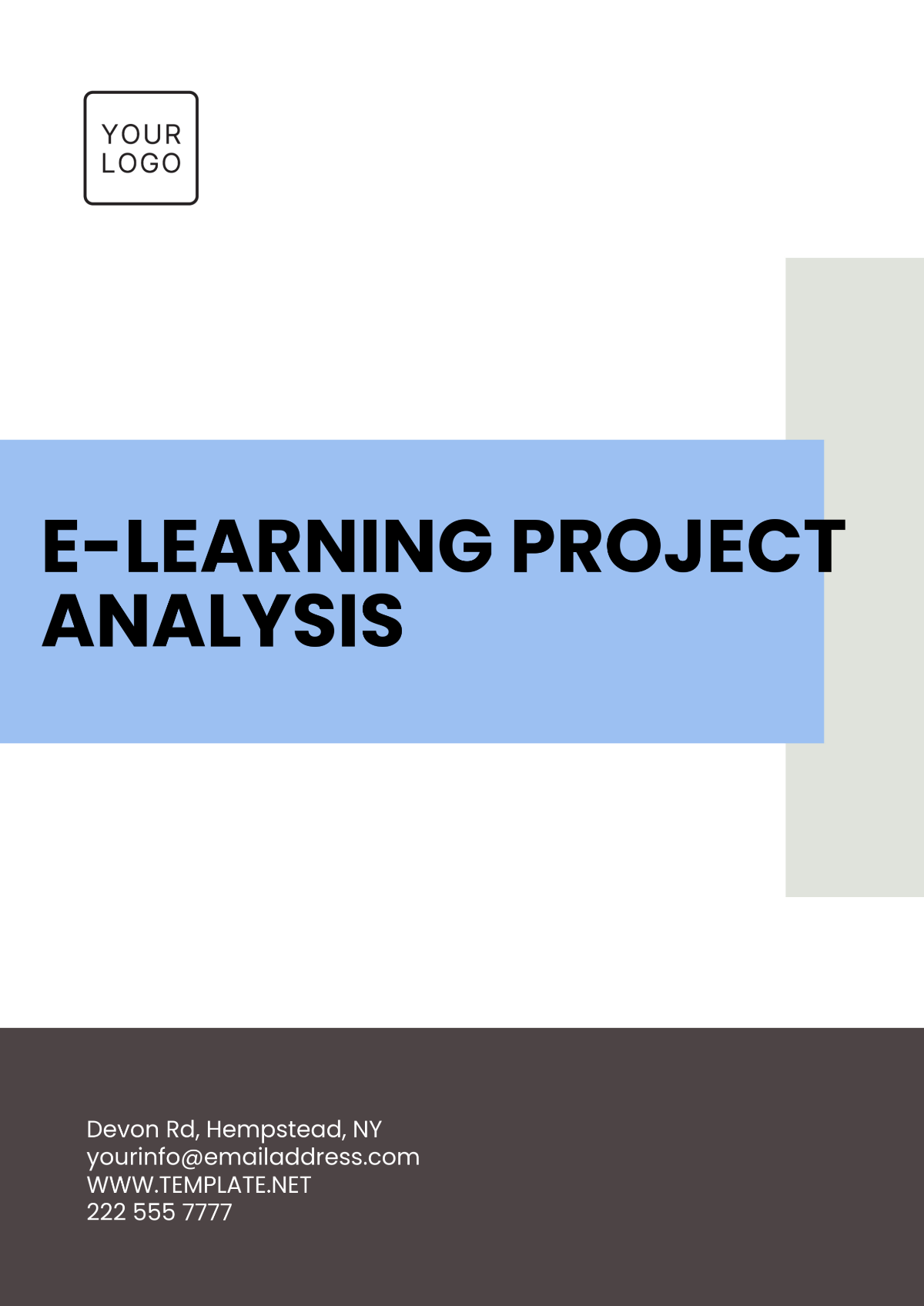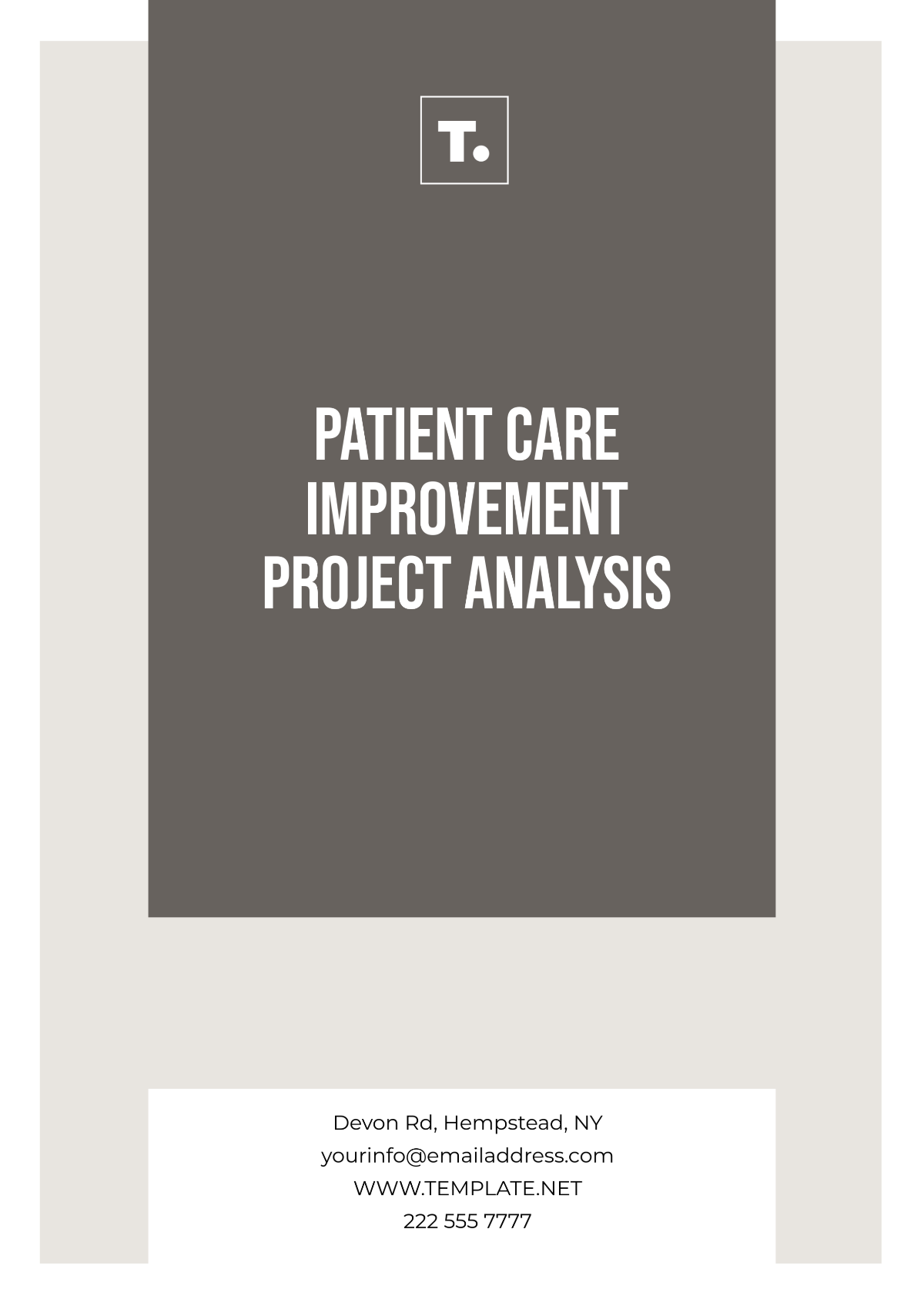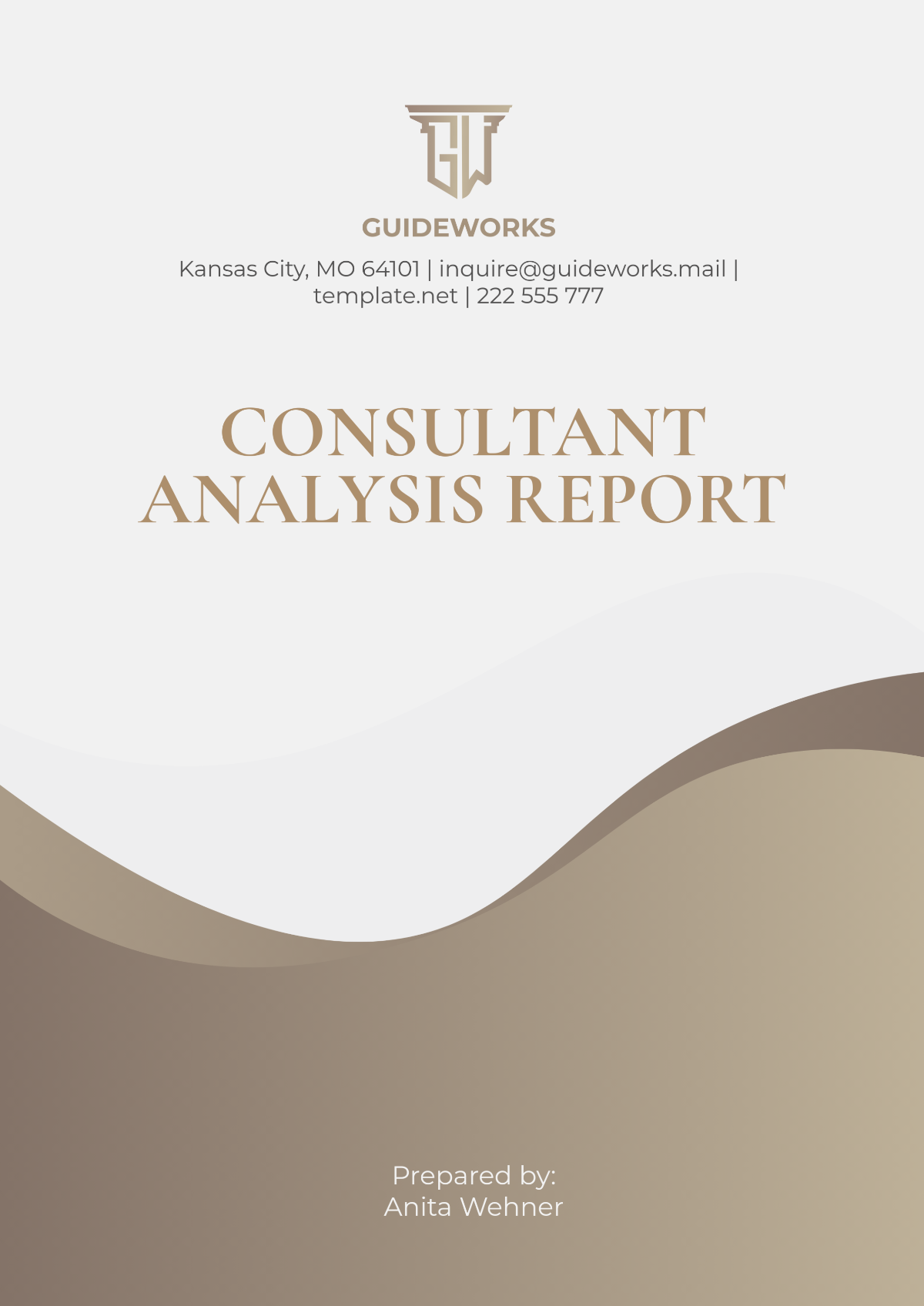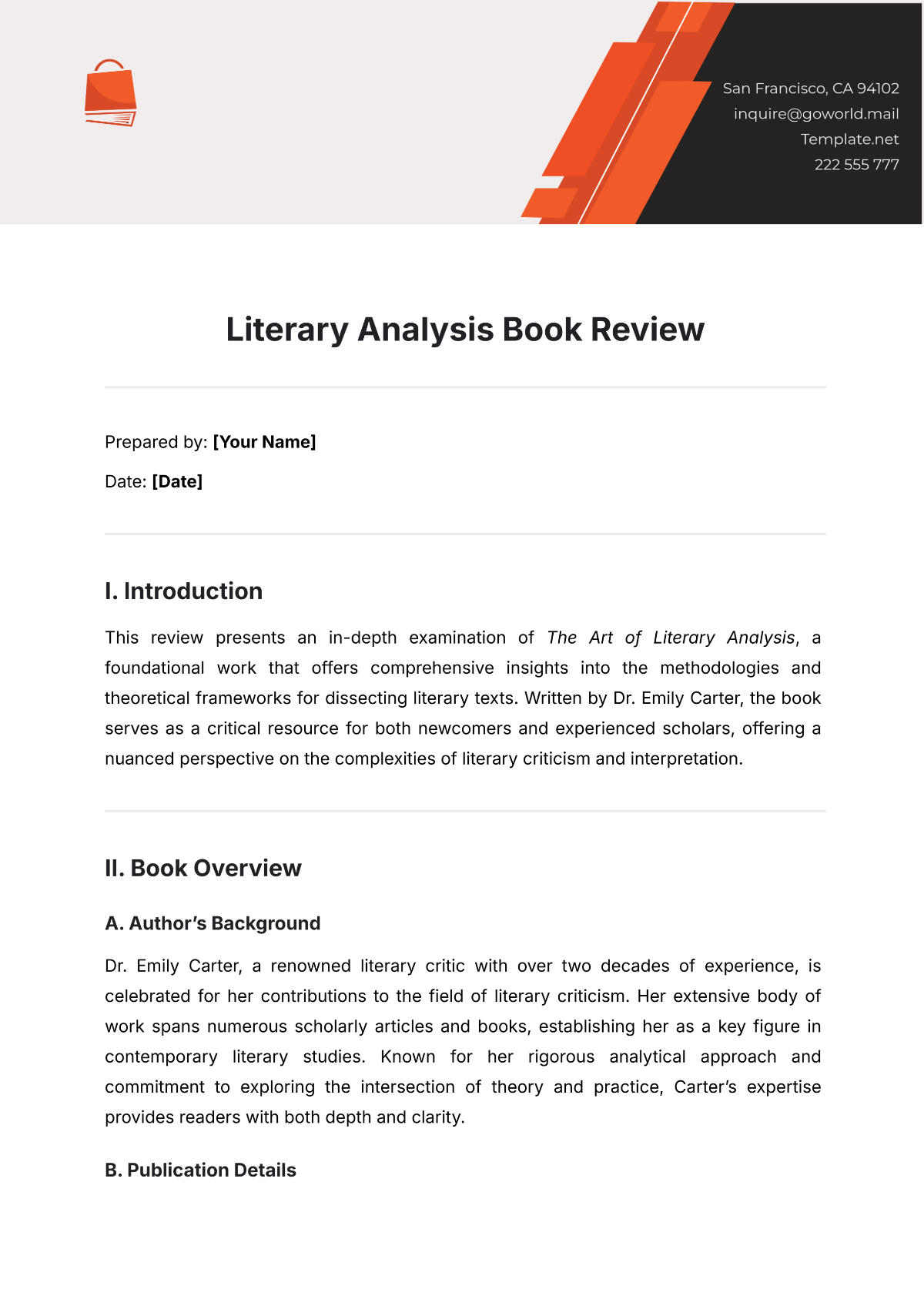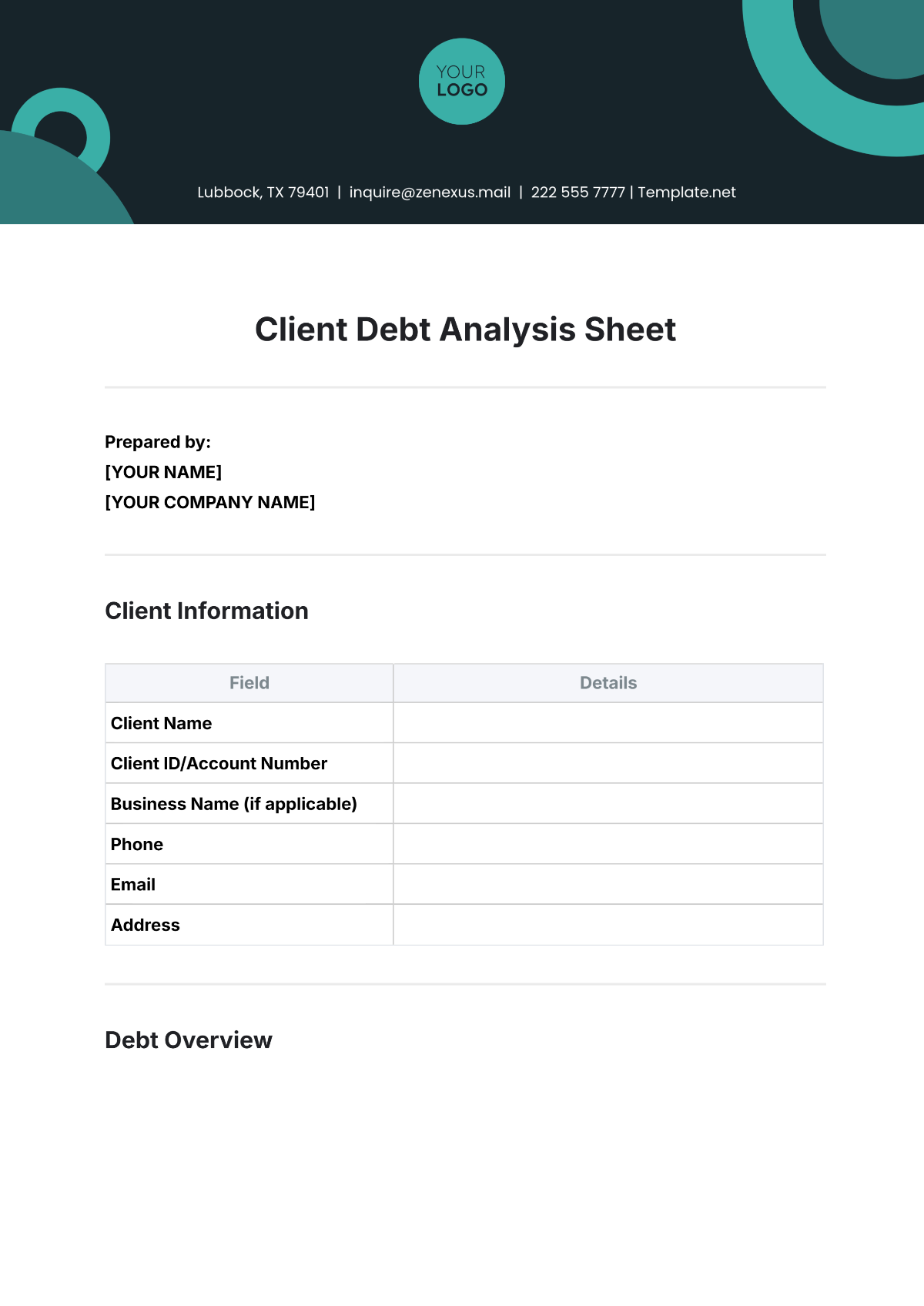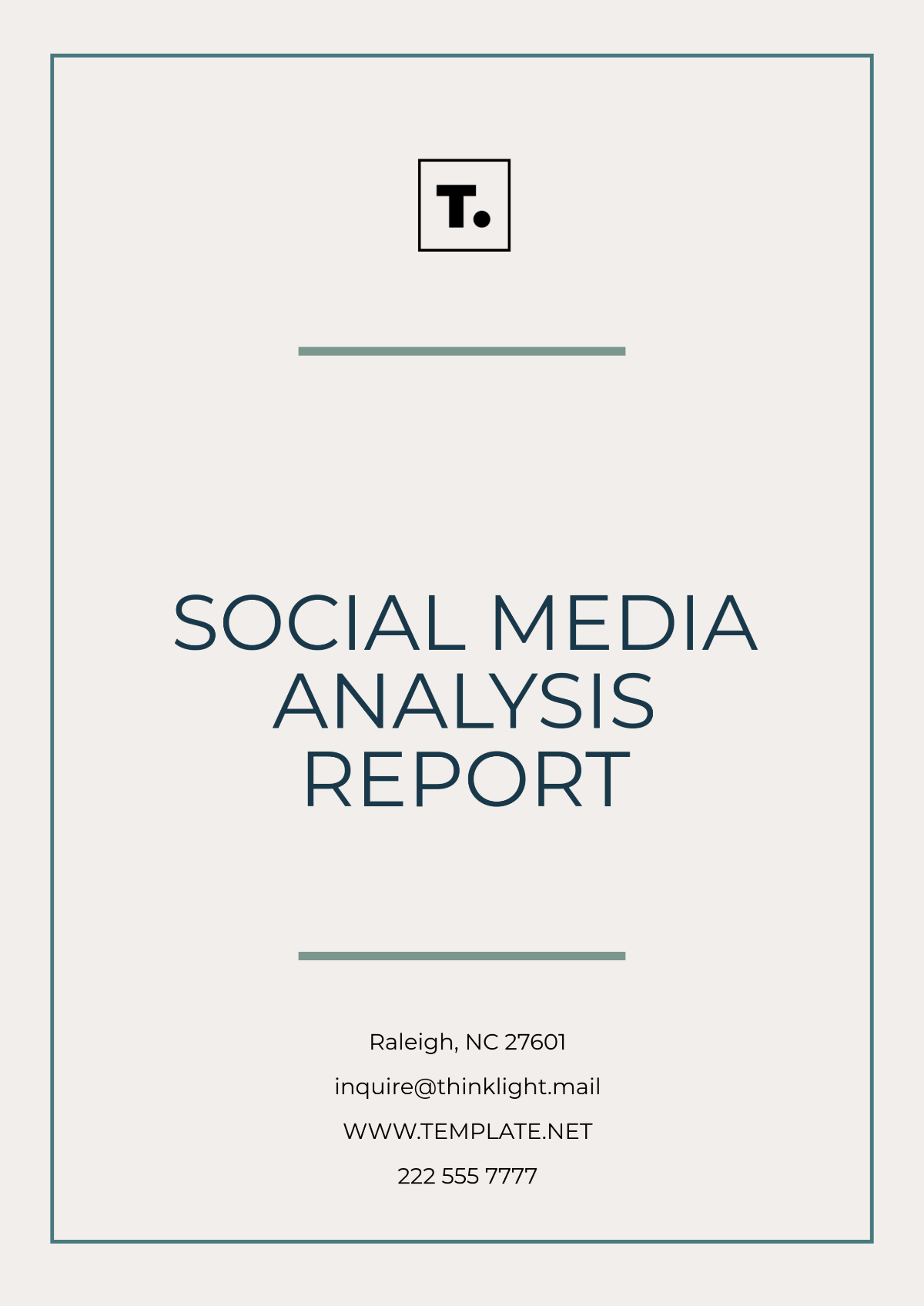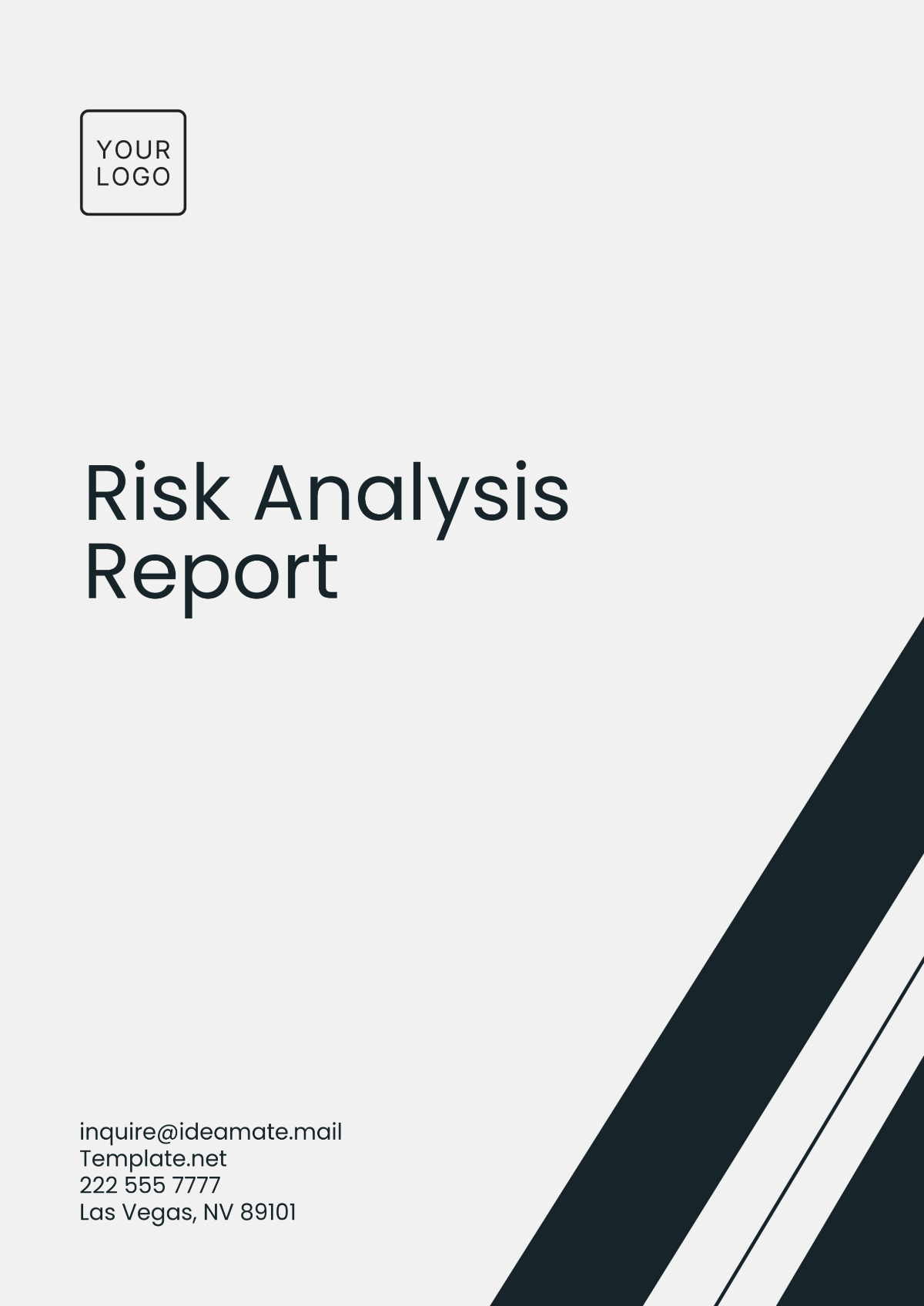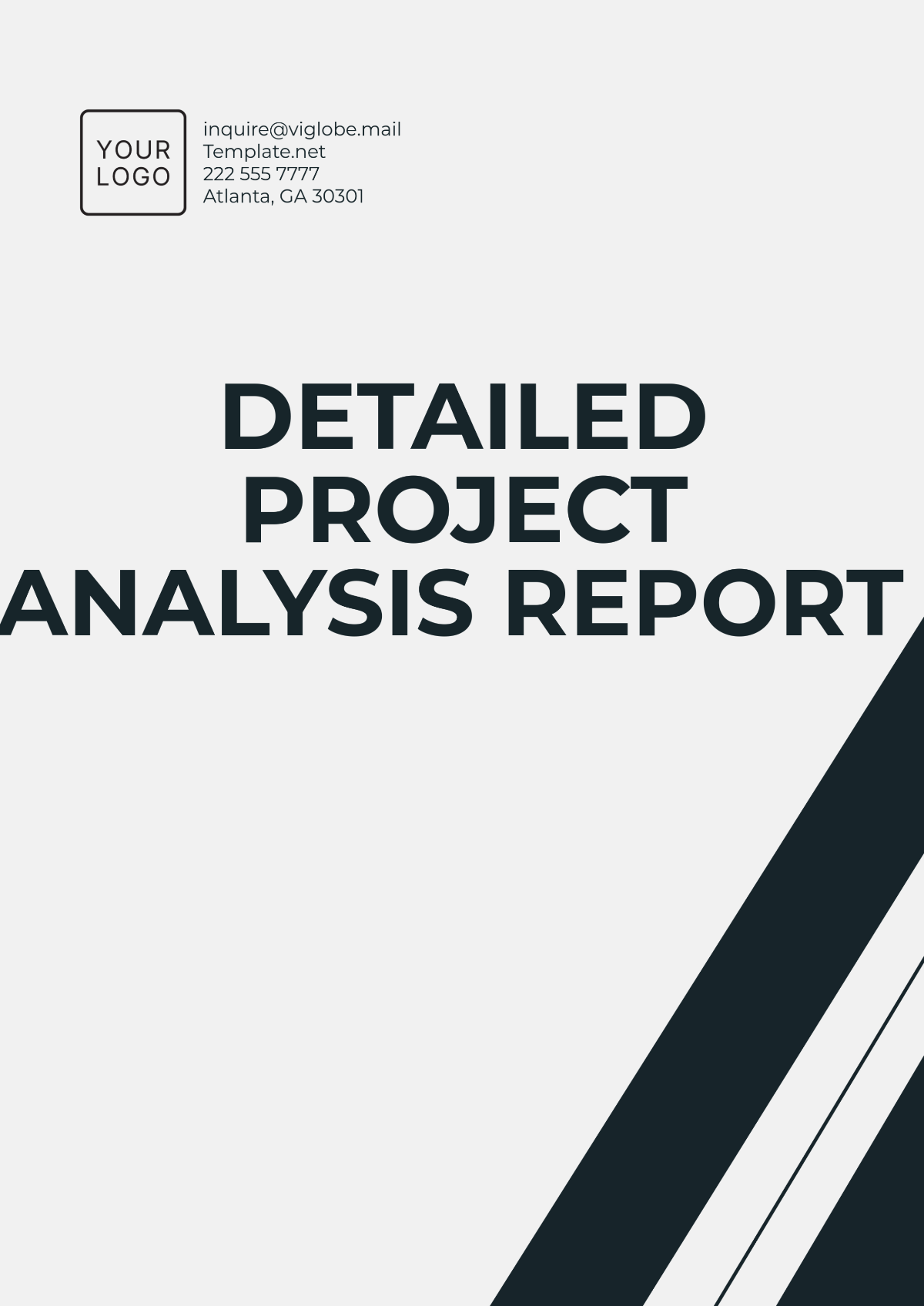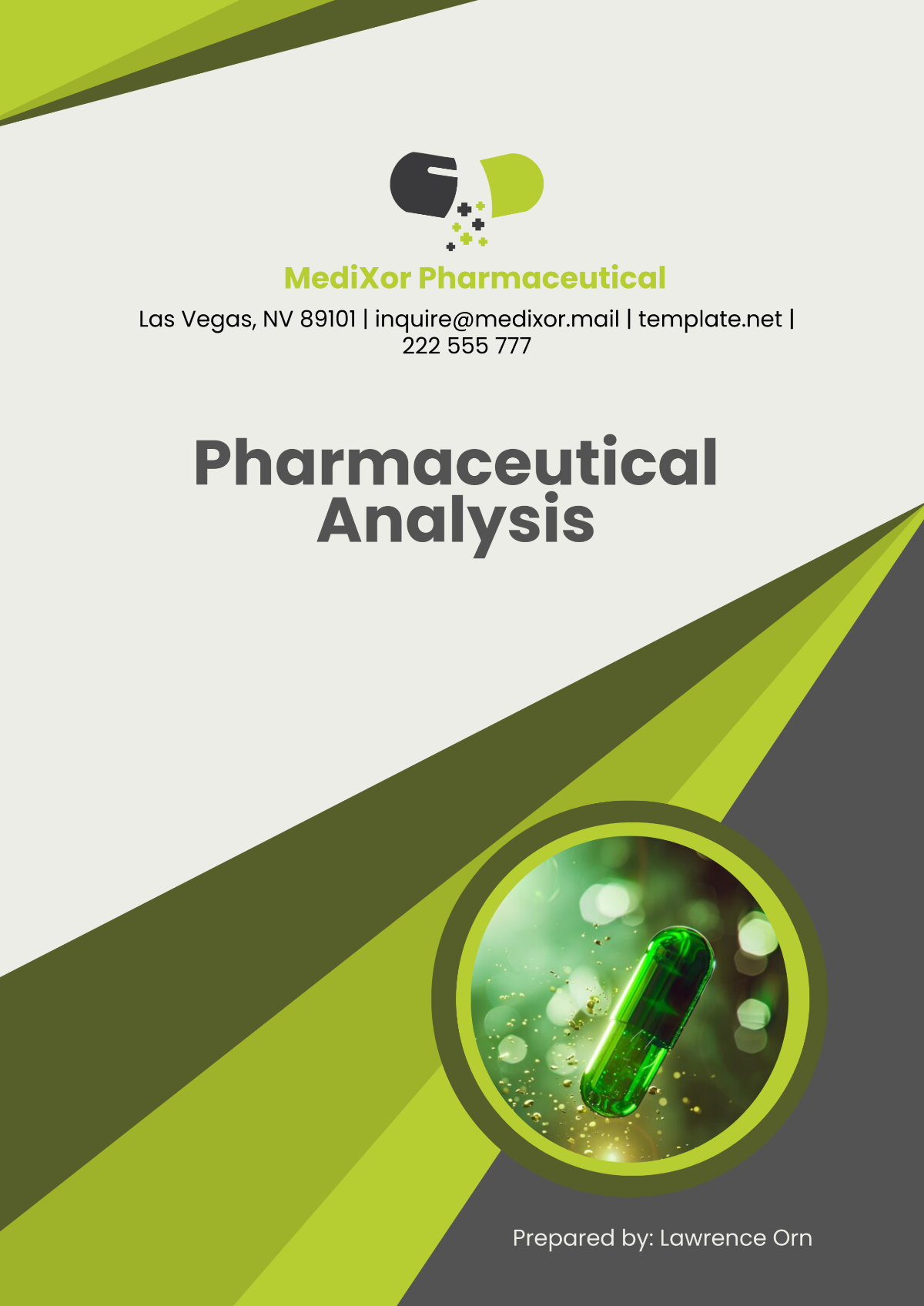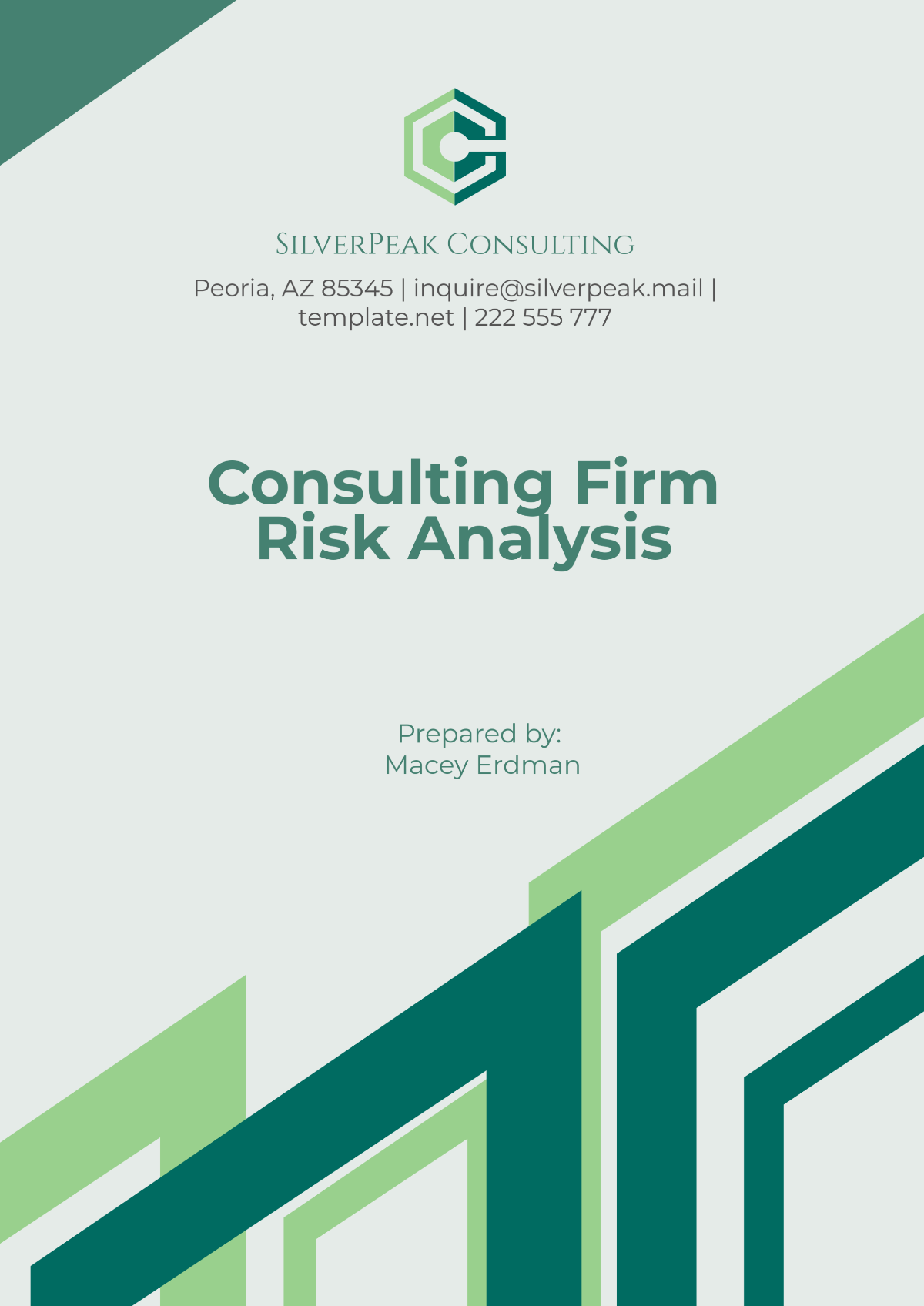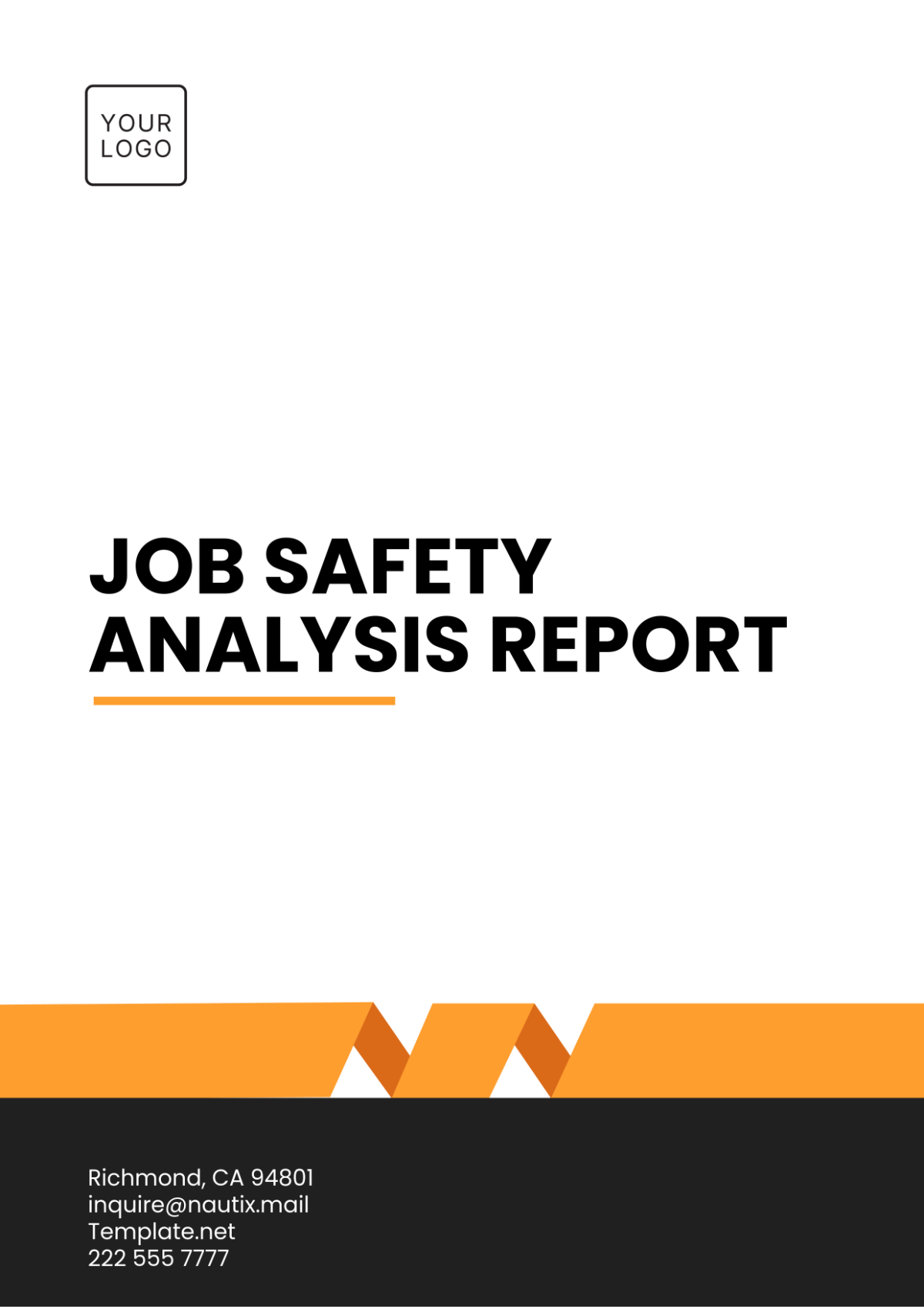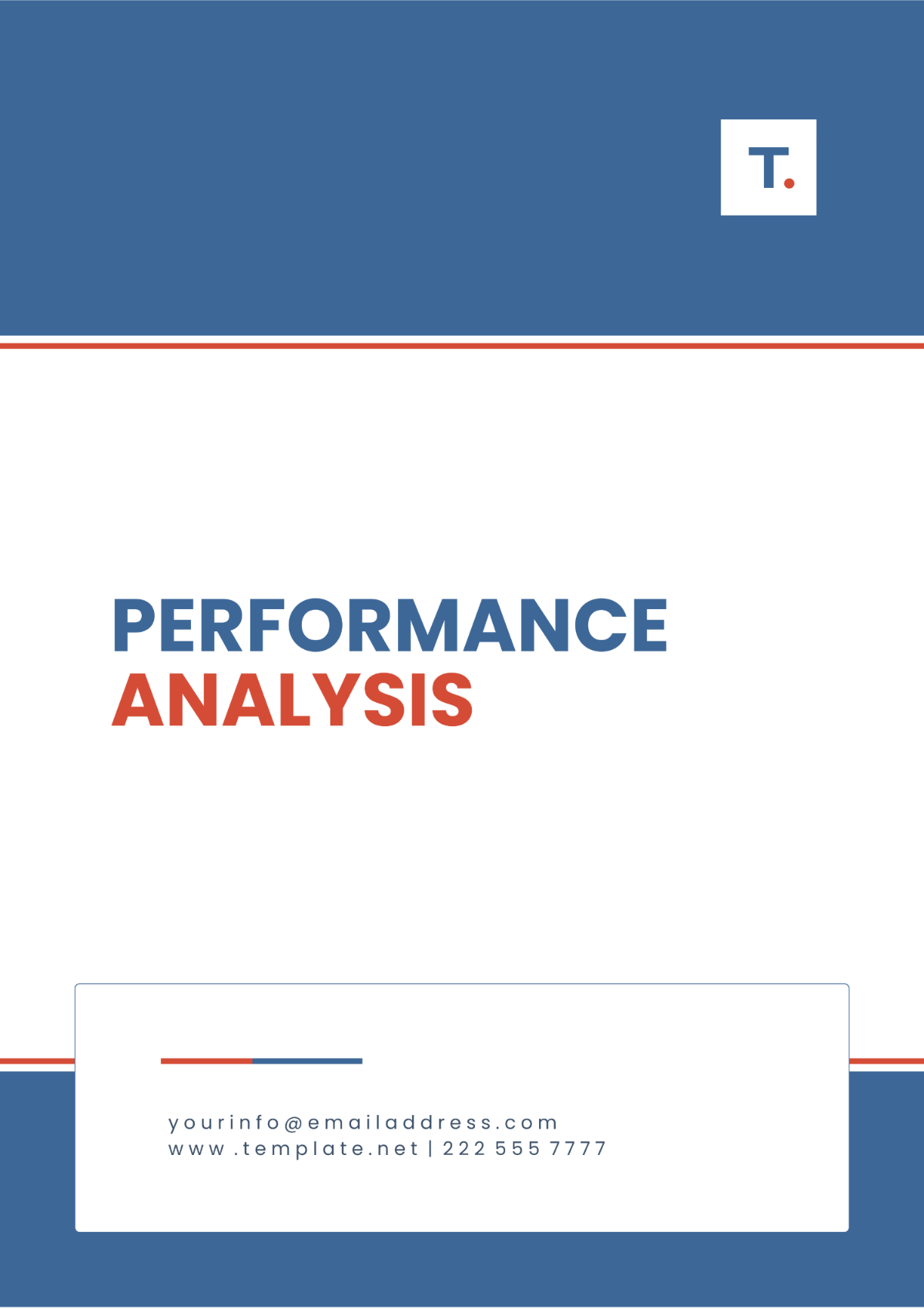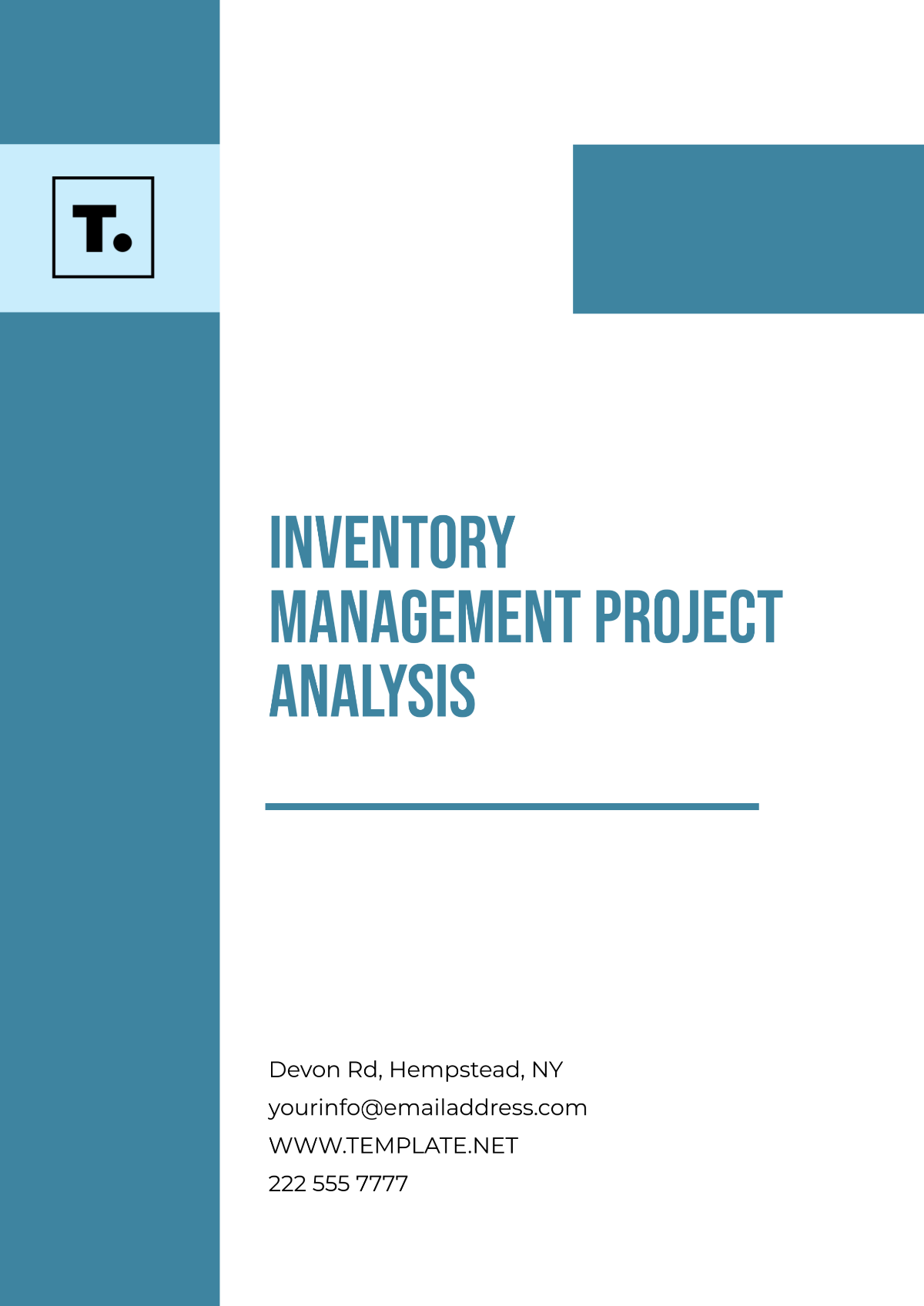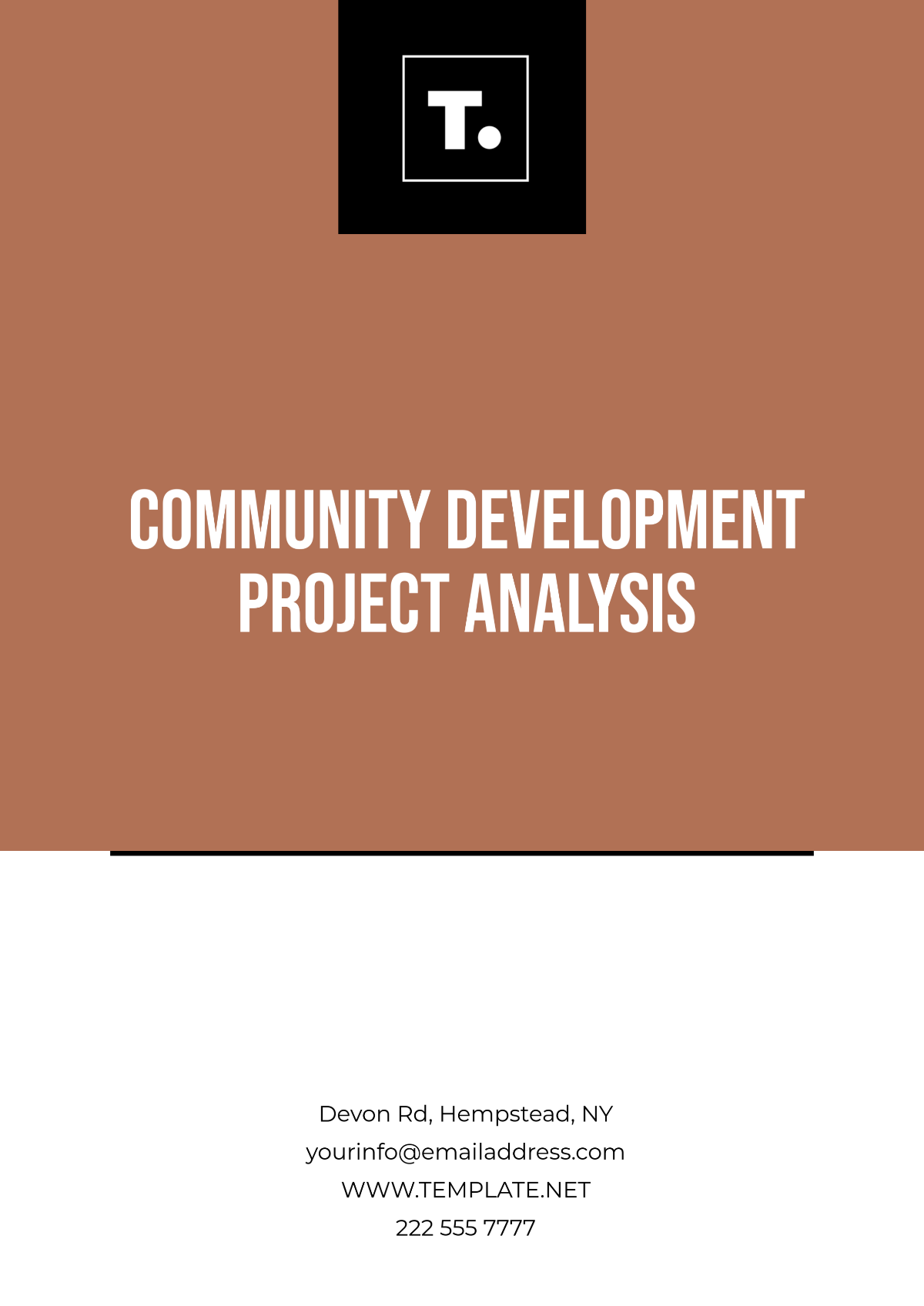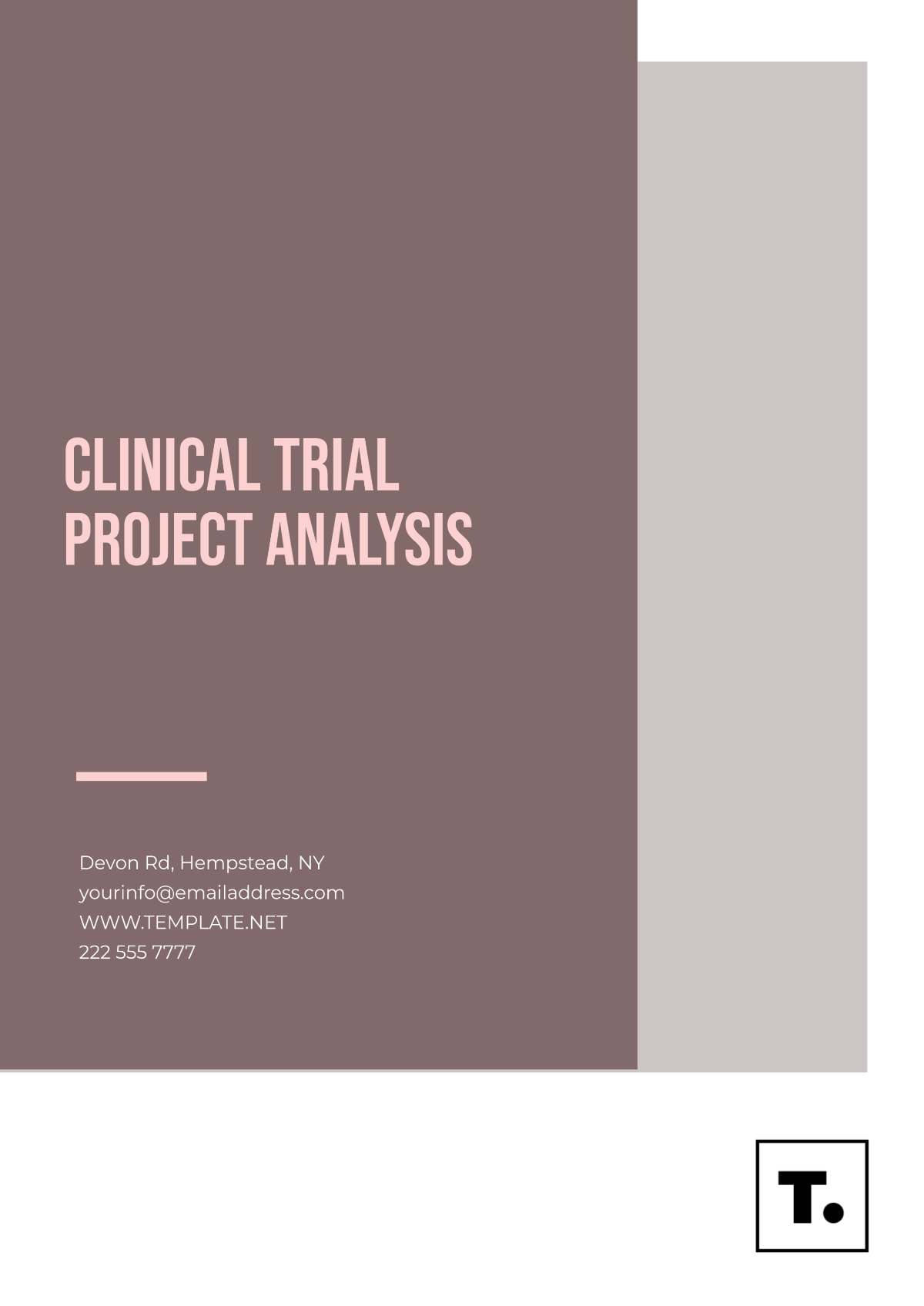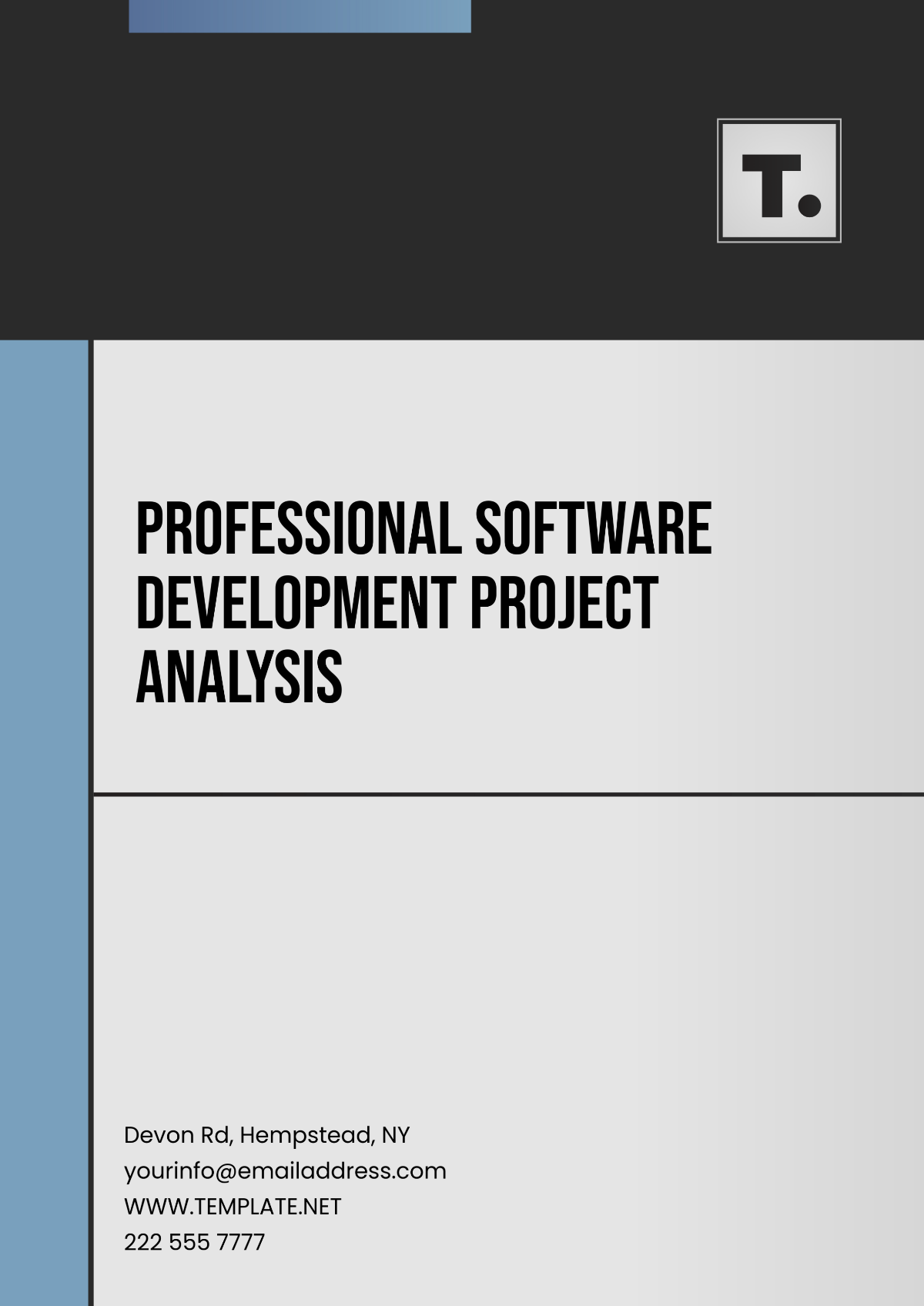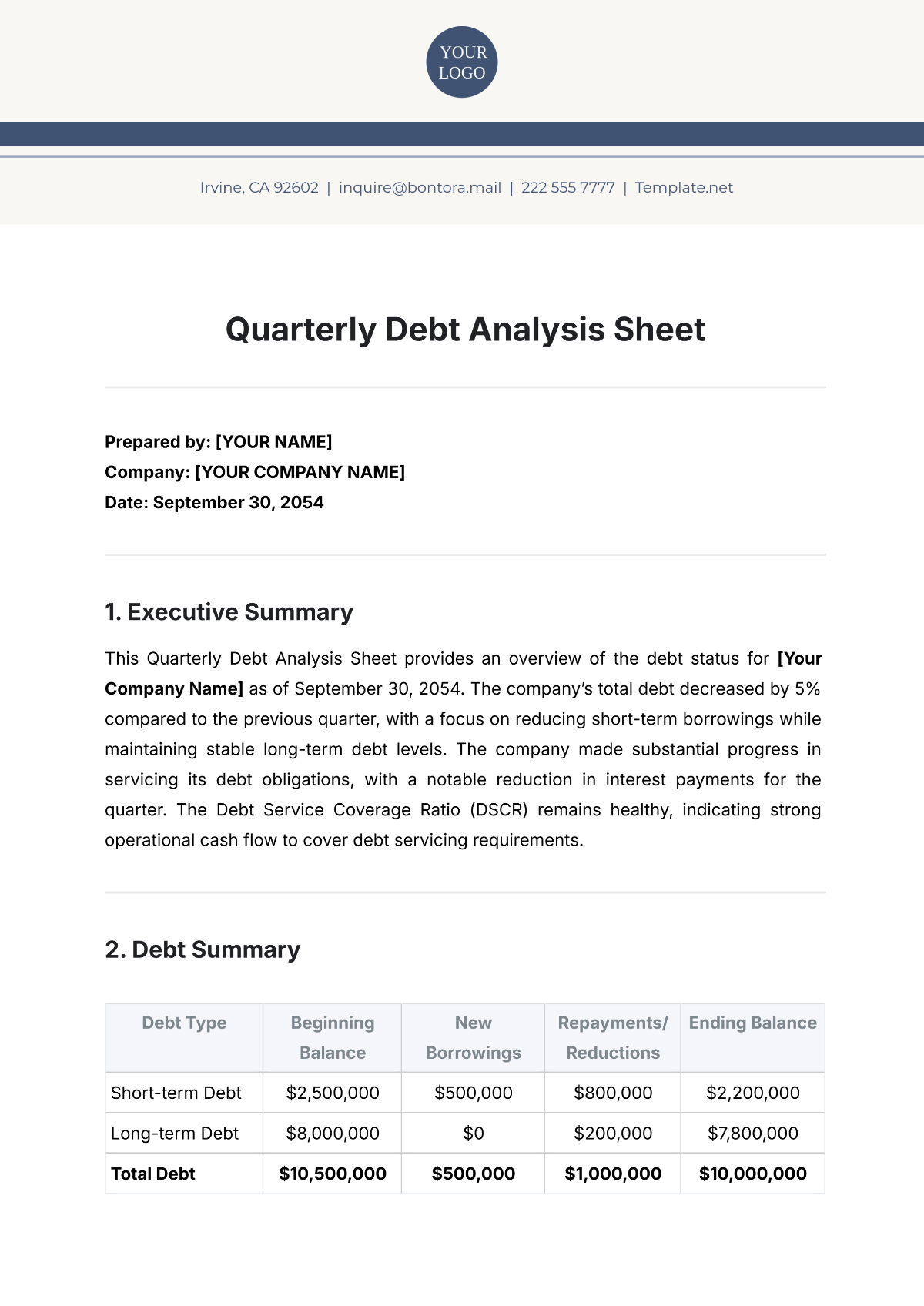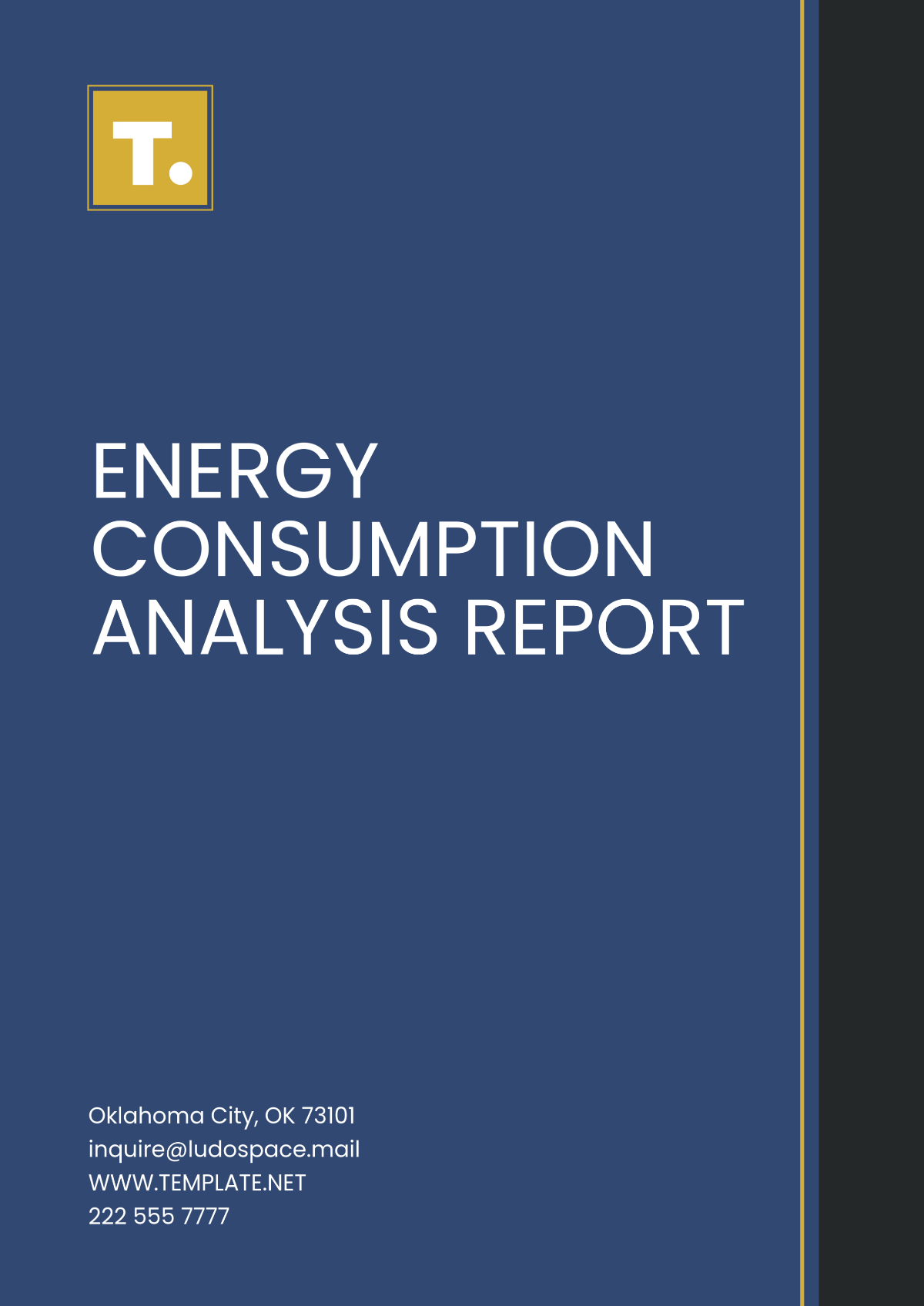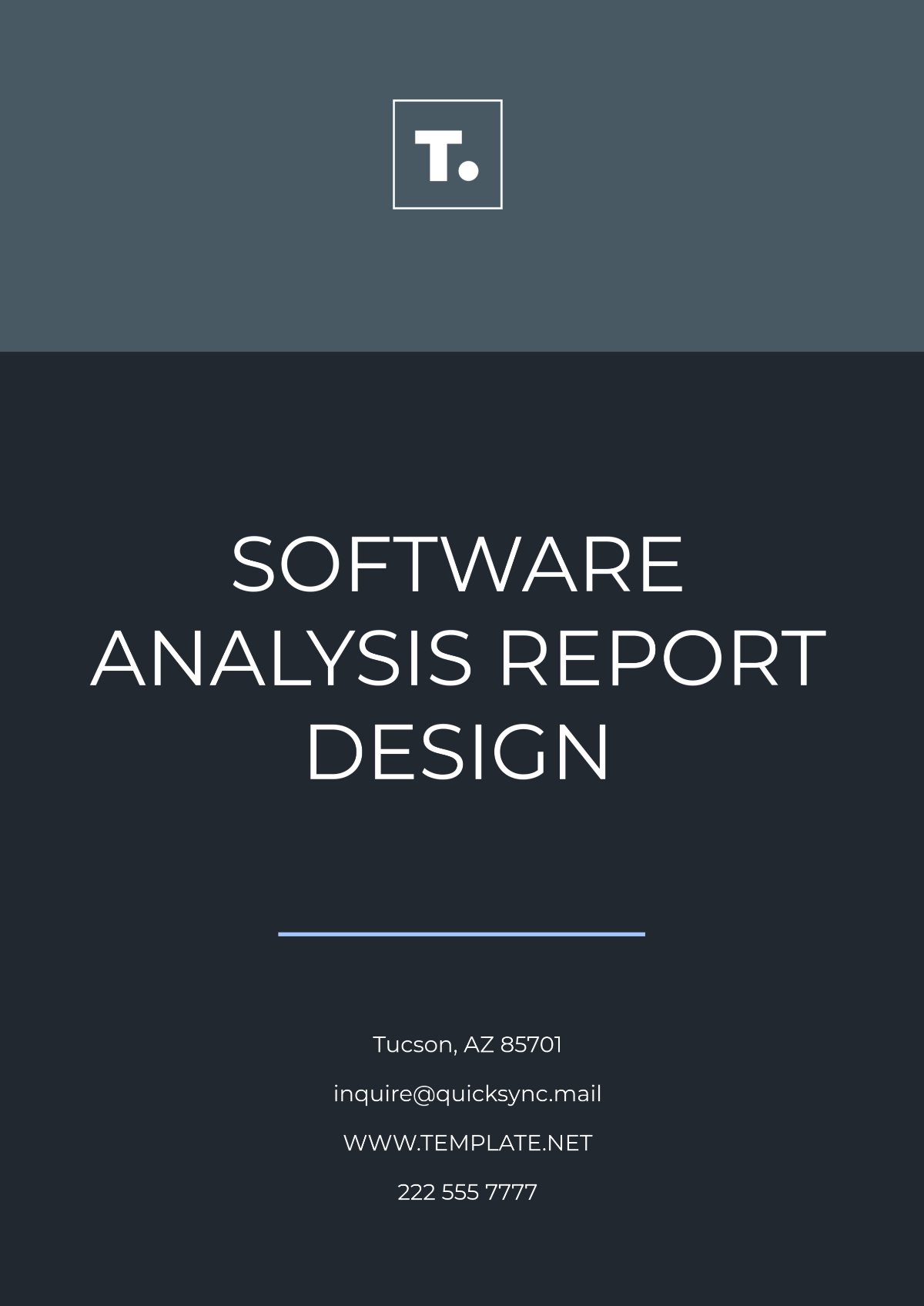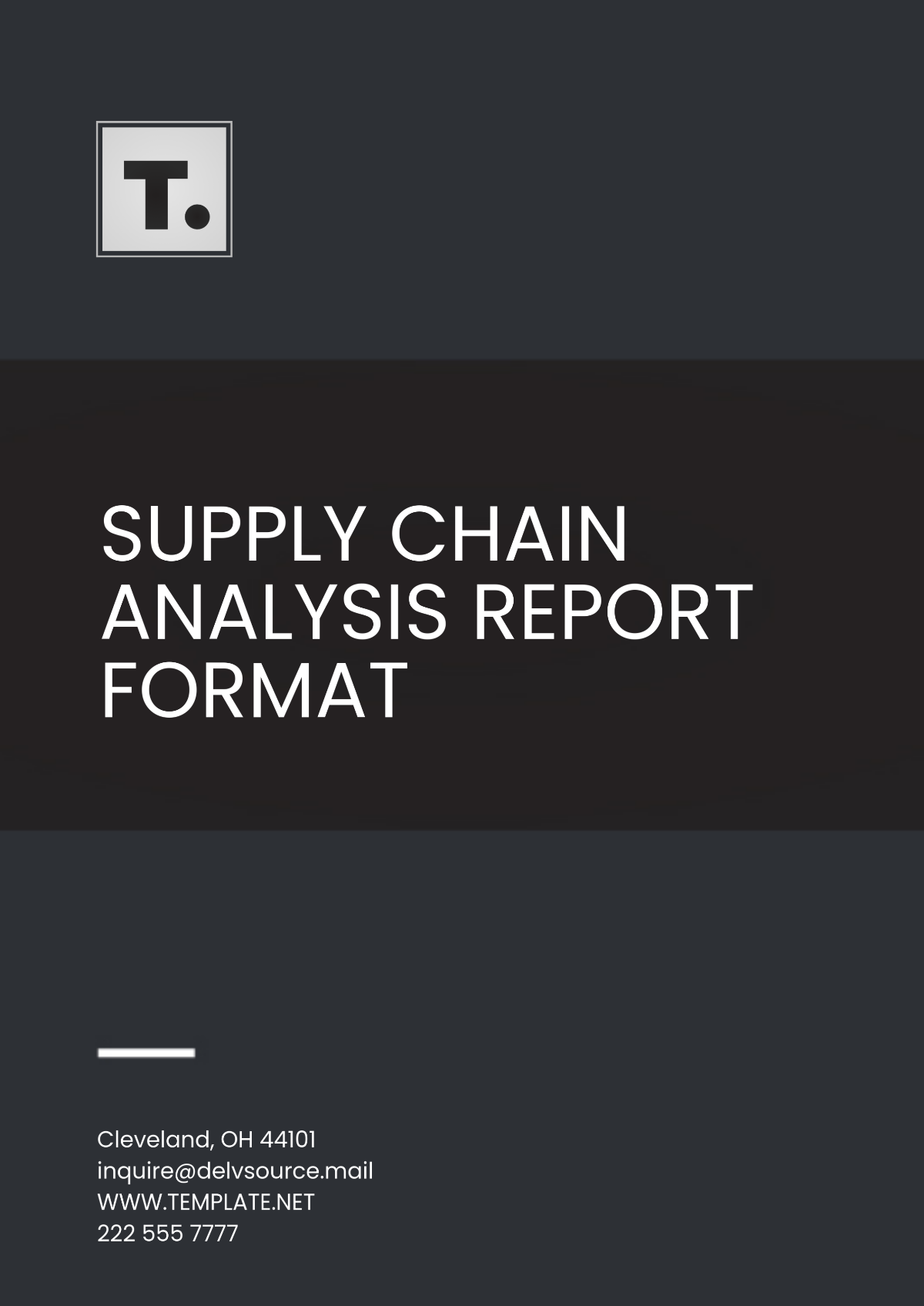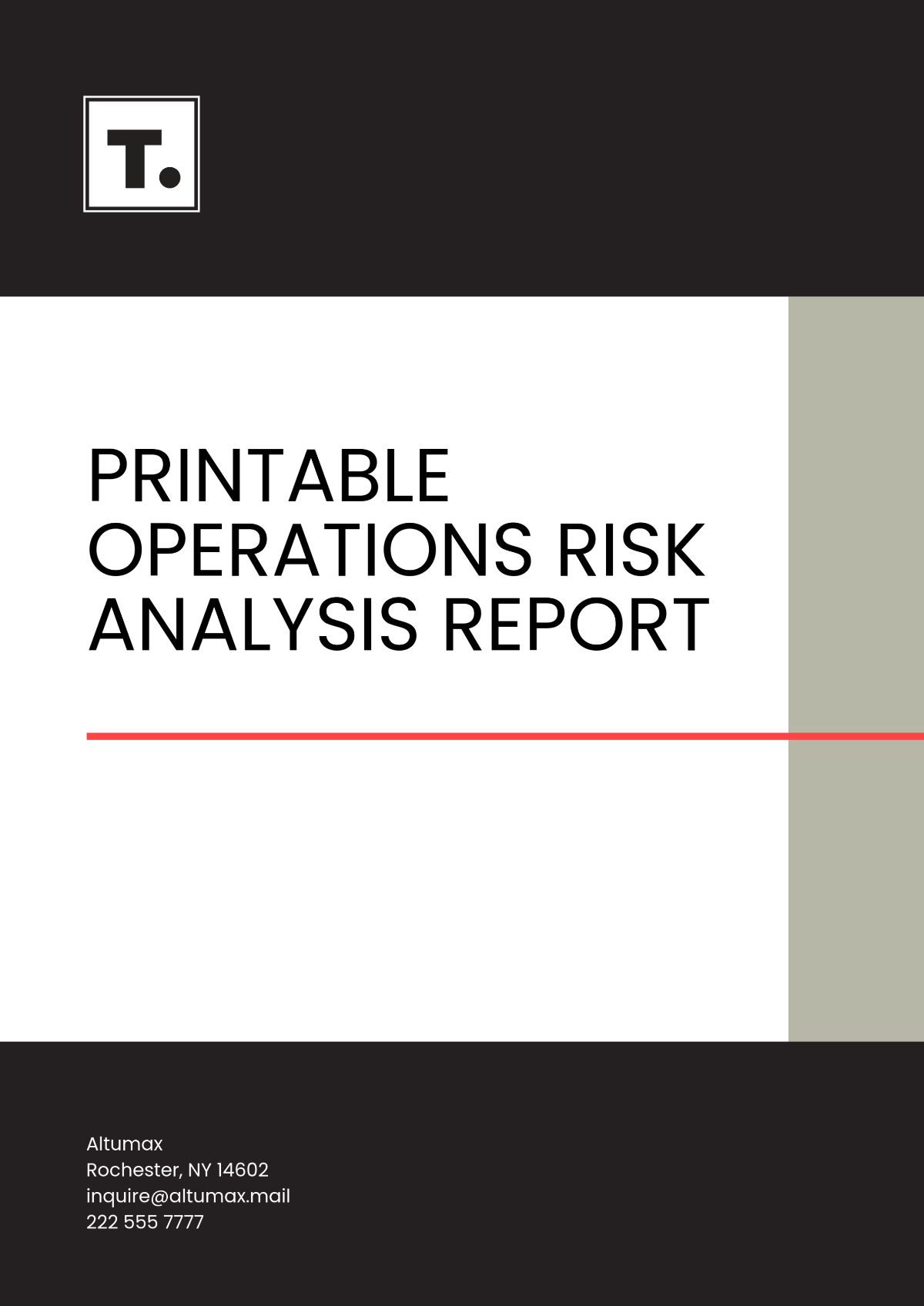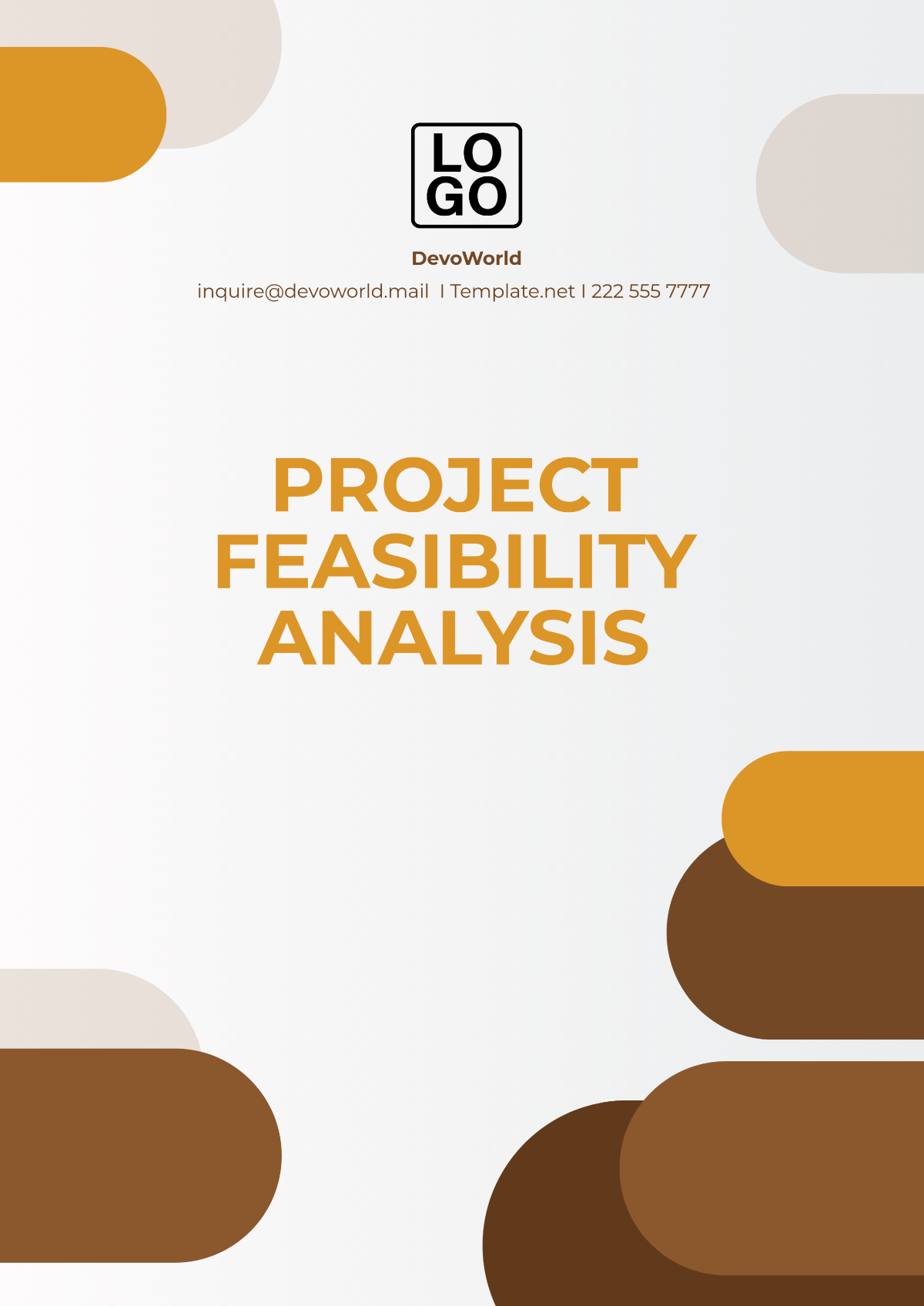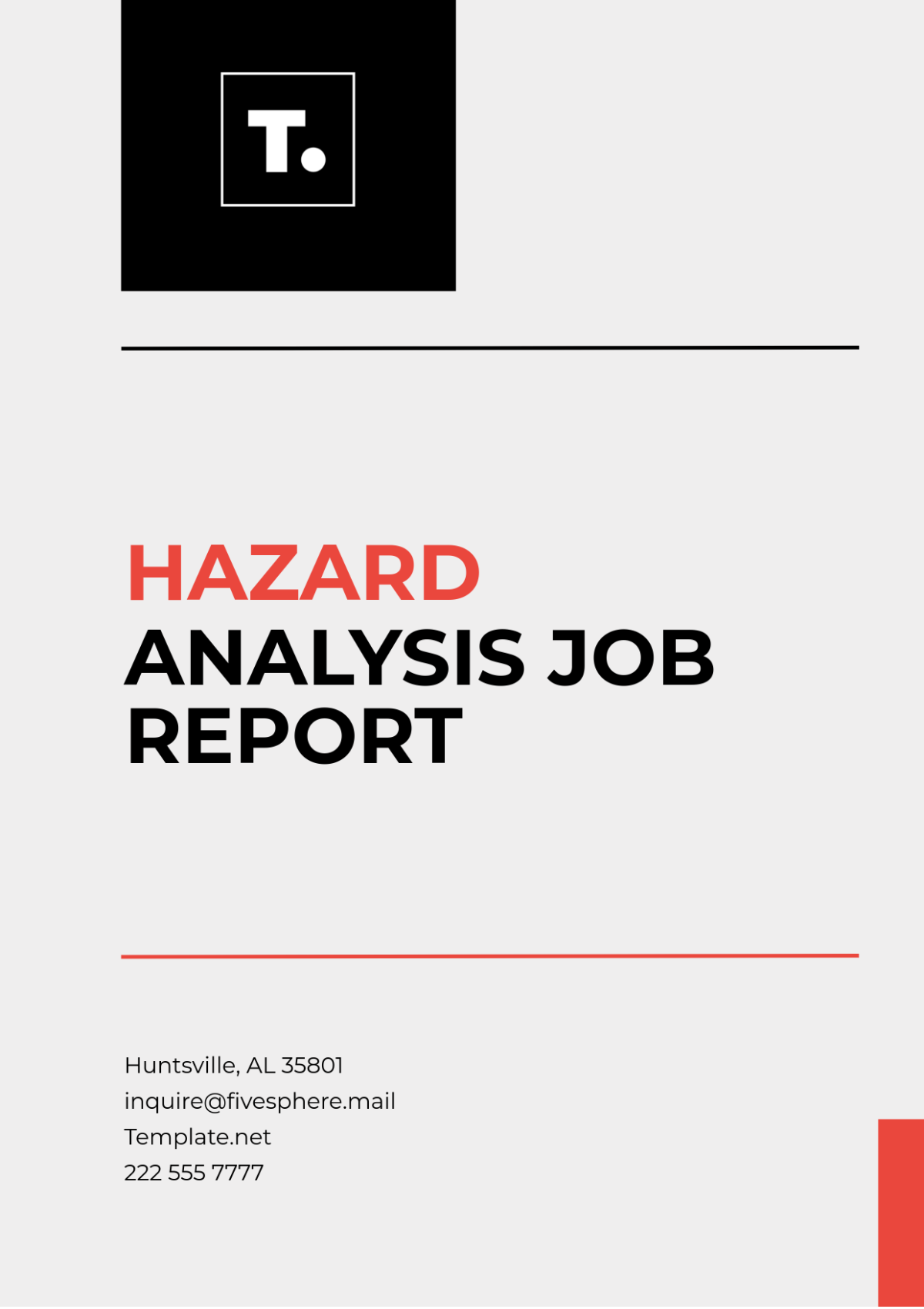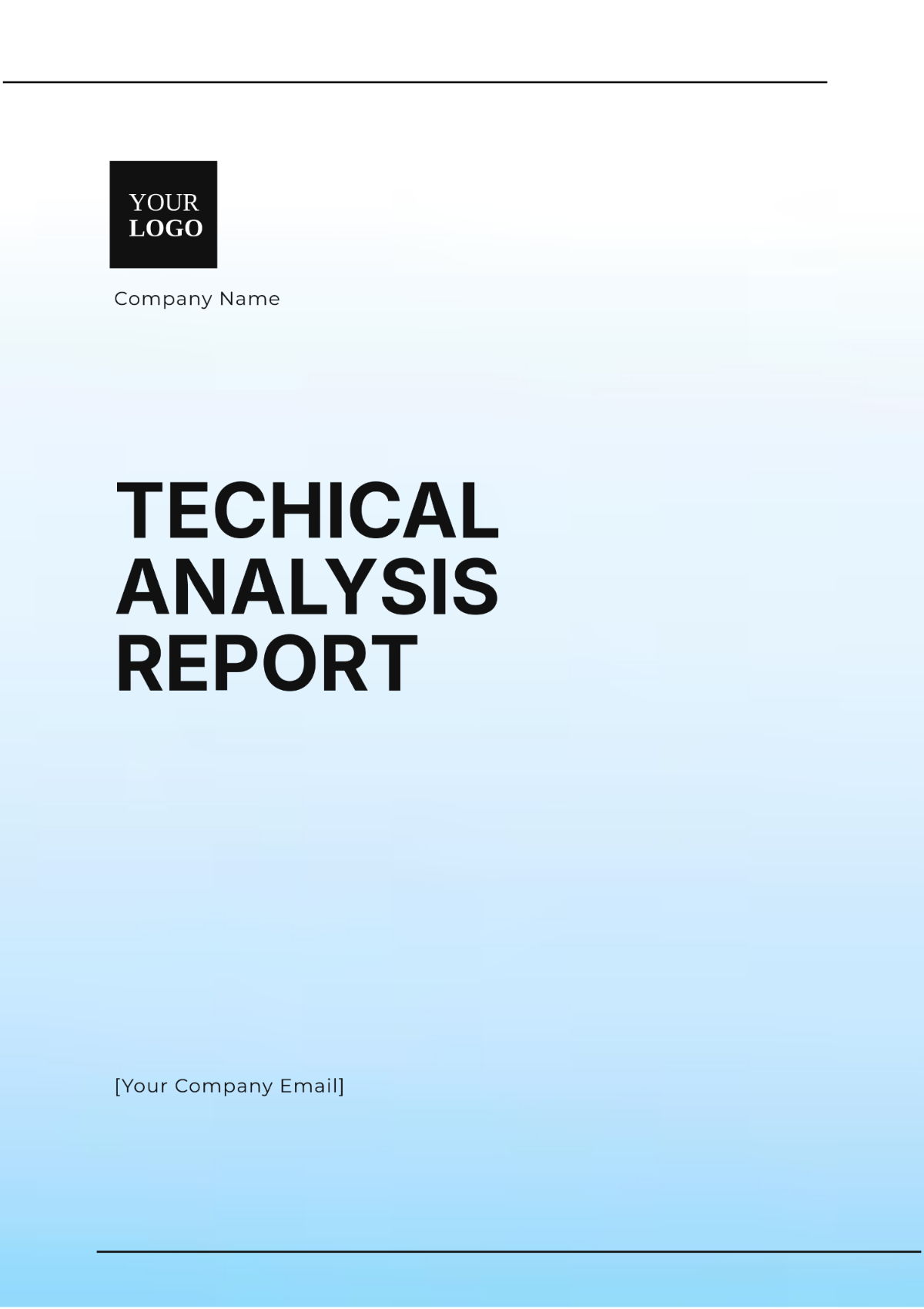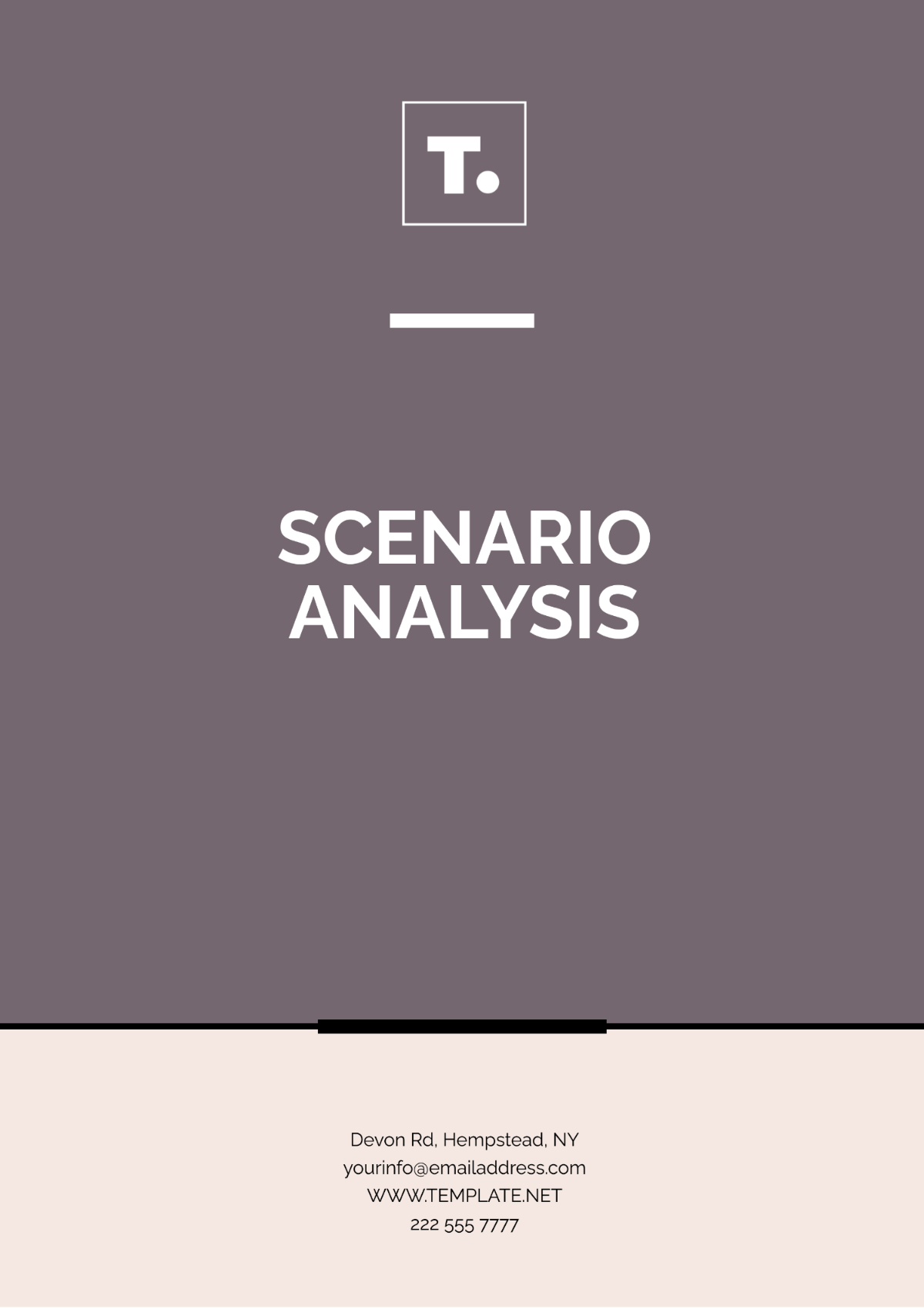CLINICAL TRIAL PROJECT ANALYSIS
Prepared By: [Your Name]
Date: [Date]
Introduction
The clinical trial project analysis is a critical component in understanding the efficacy, safety, and potential market introduction of new pharmaceutical treatments. This analysis will cover the essential aspects of clinical trial evaluation, utilizing structured formats such as headings, tables, and lists for clarity and detail.
This document aims to provide a comprehensive overview of the clinical trial, from its objectives to its outcomes, and offers a rational basis for decision-making regarding the potential approval and market release of the tested drug or therapy.
Objectives of the Clinical Trial
The primary objectives of the clinical trial include evaluating the safety and efficacy of the experimental drug in a controlled environment, determining optimal dosages, and identifying any potential side effects. Specific objectives often include:
Determining the drug’s therapeutic effectiveness compared to existing treatments.
Assessing the pharmacokinetics and pharmacodynamics profiles.
Monitoring the incidence of adverse effects.
Establishing long-term safety parameters.
Methodology
Study Design
The clinical trial was designed as a randomized, double-blind, placebo-controlled study. The participants were divided into three groups: high-dose treatment, low-dose treatment, and placebo.
Participants
The study enrolled a total of 500 participants, all of whom met specific inclusion criteria, such as age range, previous medical history, and baseline health conditions. The demographics are summarized in the table below:
Demographic | Number of Participants |
|---|---|
Age 18-30 | 150 |
Age 31-50 | 200 |
Age 51+ | 150 |
Data Collection
Data was collected at multiple time points throughout the study, including baseline, and during follow-up visits, which occurred bi-weekly. Data points included vital signs, laboratory test results, and self-reported symptom logs.
Results
Efficacy
The primary efficacy endpoint was the improvement of condition X in participants. Results demonstrated that the high-dose treatment group showed a statistically significant improvement compared to the placebo group, as shown in the table below:
Group | % Improvement in Condition X |
|---|---|
High-Dose Treatment | 78% |
Low-Dose Treatment | 54% |
Placebo | 30% |
Safety
The safety profile was assessed by analyzing adverse events recorded during the trial. The most common side effects included nausea and fatigue, with the highest incidence occurring in the high-dose treatment group. Serious adverse events were rare and largely unrelated to the treatment.
Discussion
This clinical trial successfully demonstrated the efficacy of the experimental drug at higher doses, indicating its potential as a leading treatment for condition X. While the safety profile was largely acceptable, further studies will be necessary to explore long-term effects and optimize dosage levels to minimize adverse effects.
The results of this study provide a strong foundation for the preparation of regulatory submissions and subsequent clinical phases, integral for eventual drug approval and commercialization.
Conclusion
To conclude, the clinical trial has shown promising results for the experimental drug, pending further investigation and regulatory review. The data gathered will inform future clinical strategies and help refine treatment approaches, ultimately aiming to introduce a new, effective therapy for patients.

